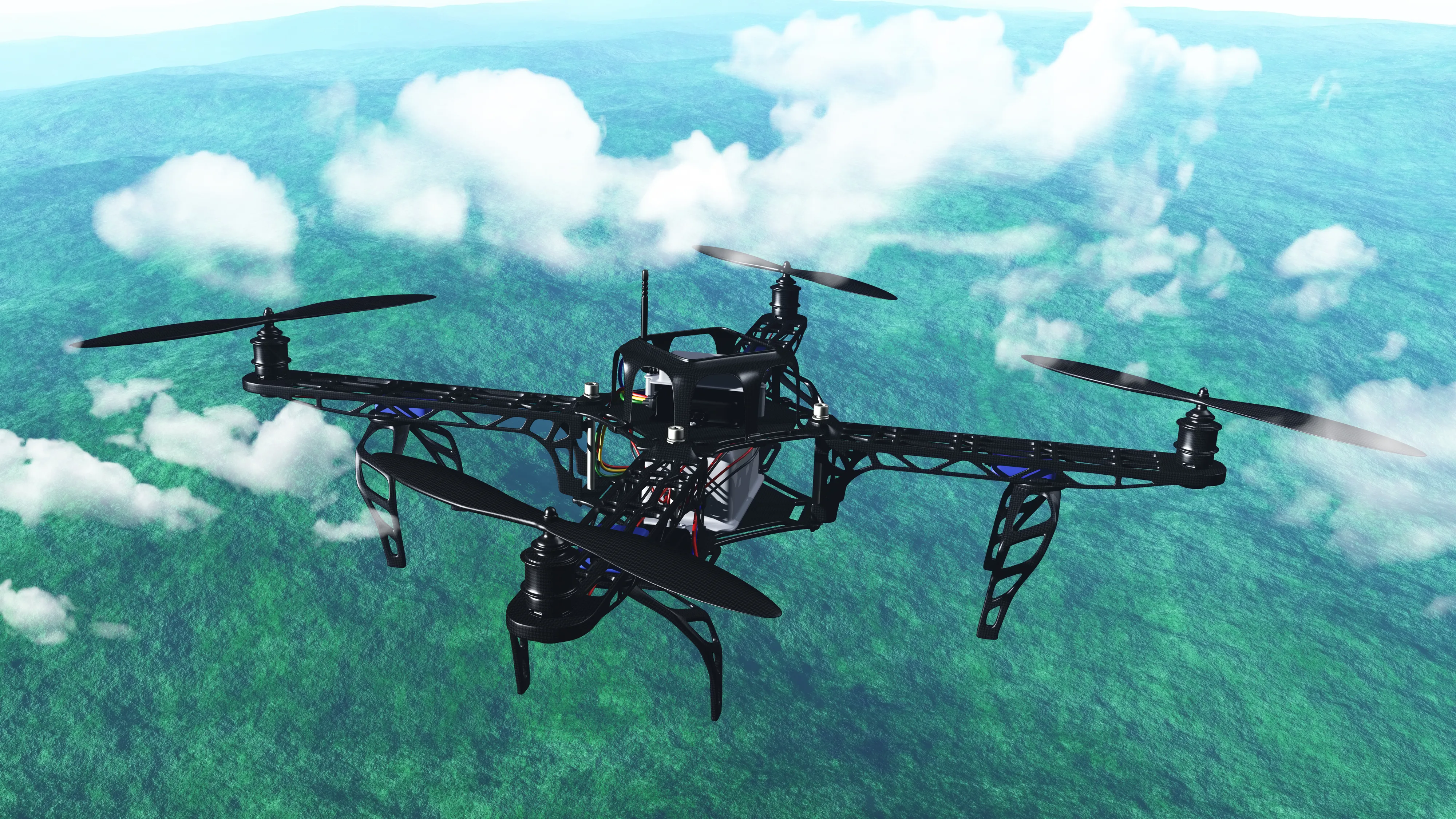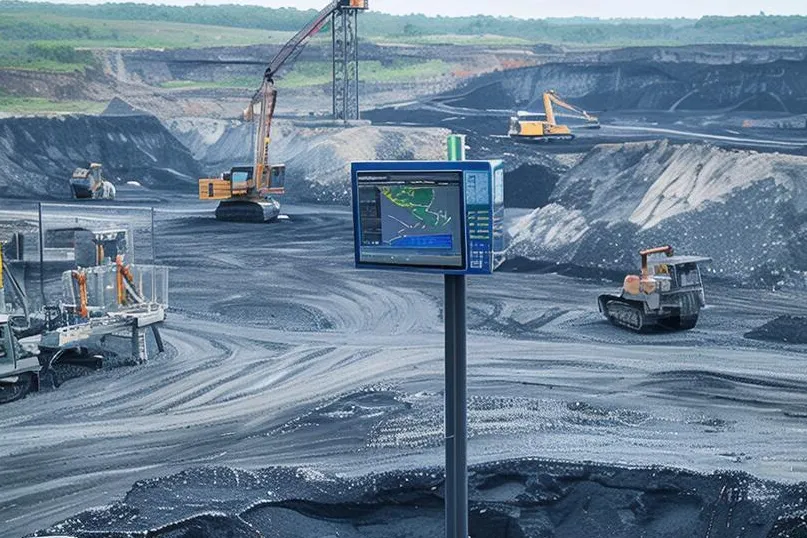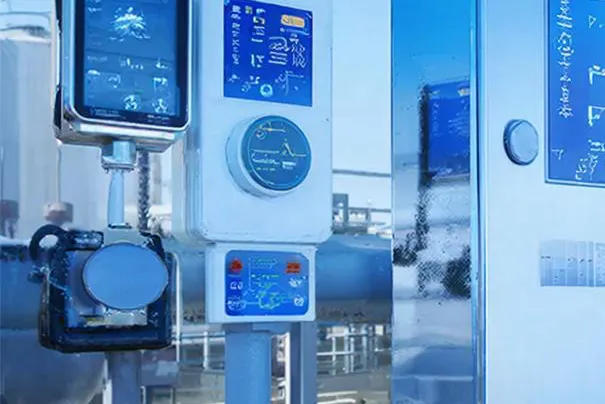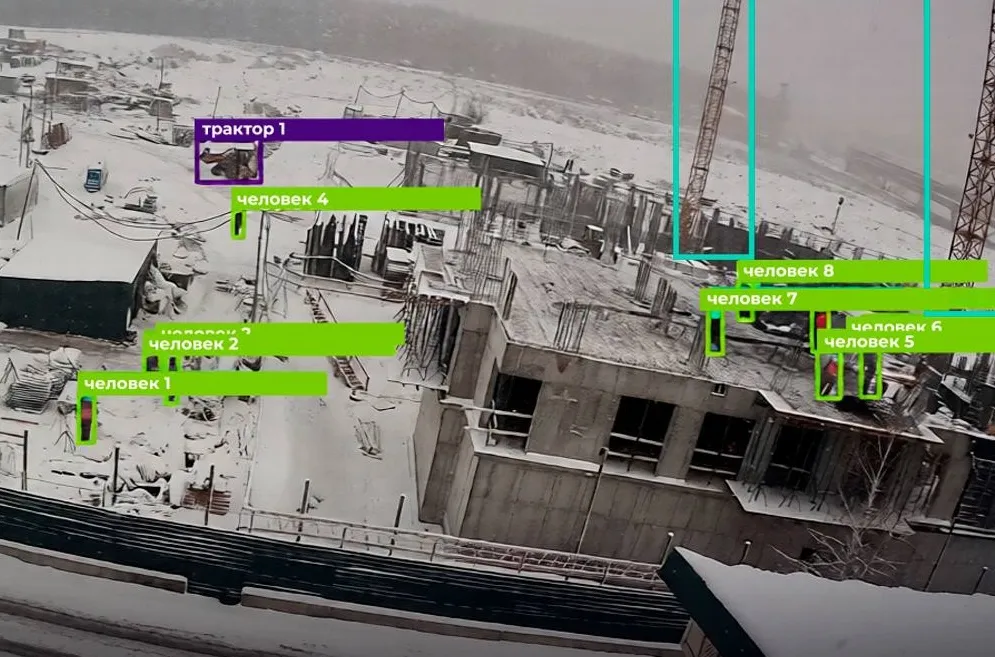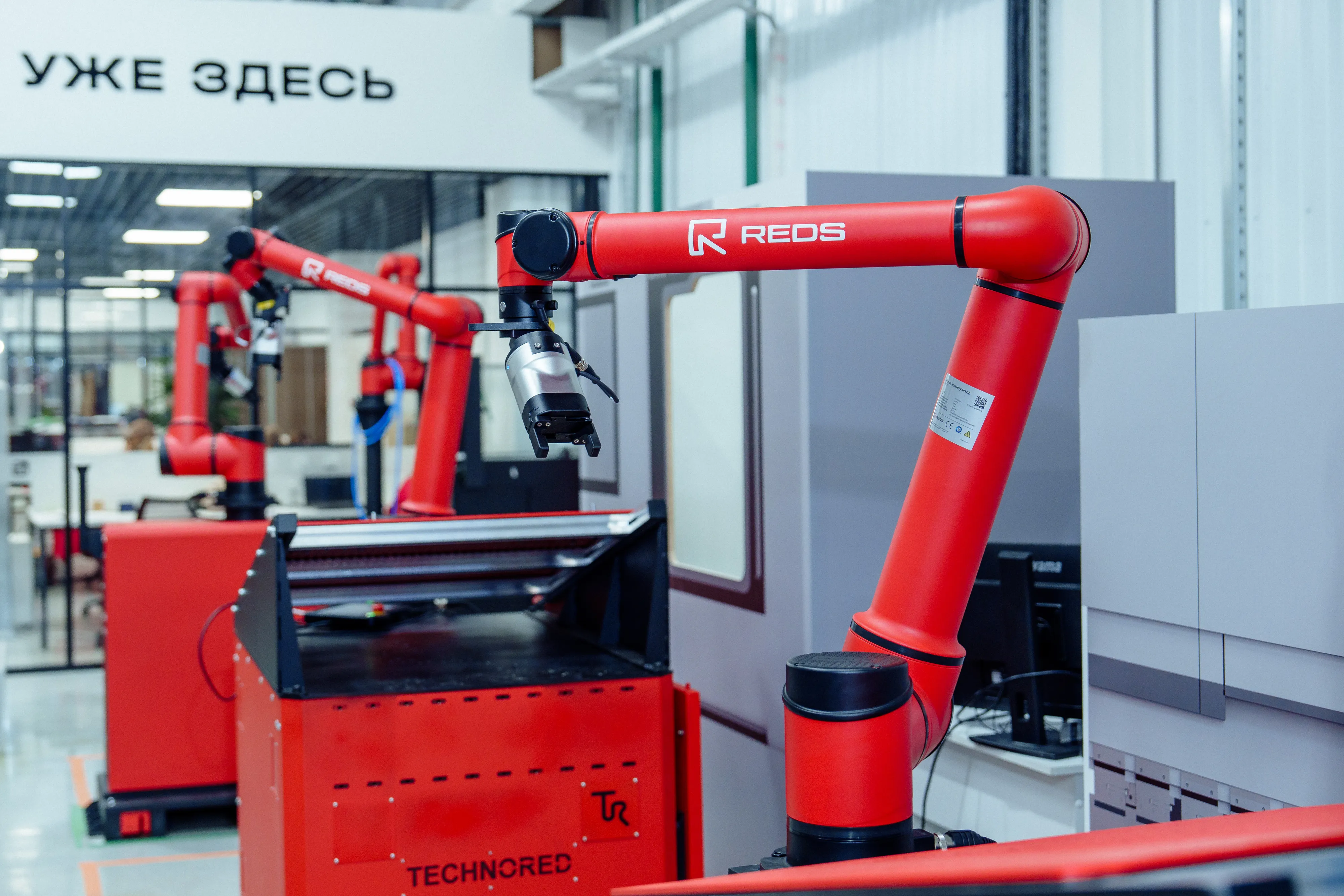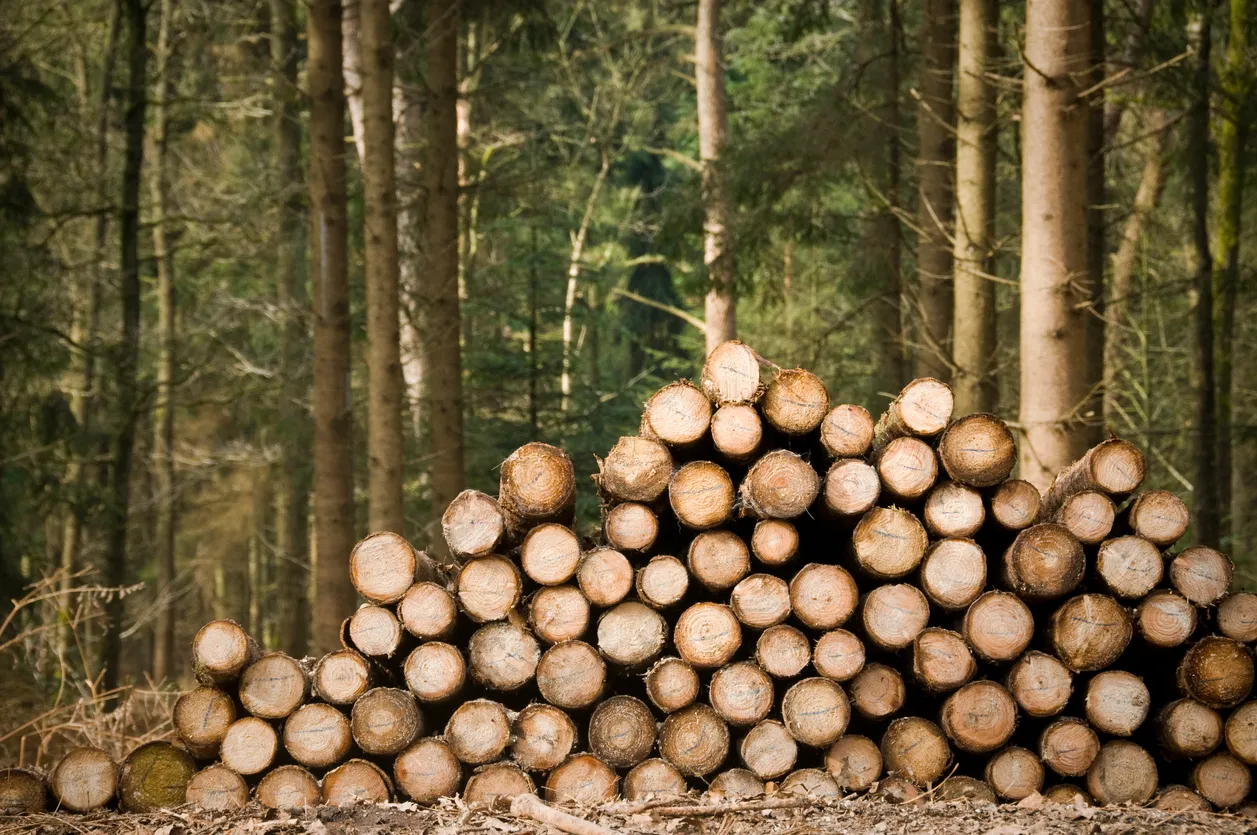Russian Scientists Use Neural Networks to Accelerate Seismic Data Processing
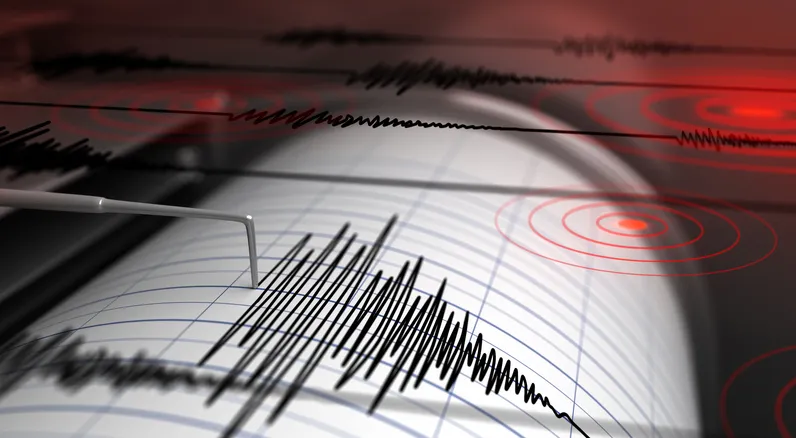
A breakthrough AI model helps geologists detect oil and gas faster, reducing the need for costly exploratory drilling.
Researchers at the Trofimuk Institute of Petroleum Geology and Geophysics in Siberia have developed neural network algorithms that significantly speed up the processing of seismic data. The technology enhances geological modeling and improves the accuracy of identifying promising oil and gas sites, according to a report by TASS.
The method focuses on analyzing surface seismic waves. By measuring wave velocity at different frequencies, scientists can better visualize the Earth’s crust structure. Previously, this process required time-consuming manual analysis. Now, trained neural networks handle the task automatically, saving both time and resources.
The model is resilient to noise, meaning it still delivers reliable results even when seismic data is affected by random disturbances. Once trained, the system doesn’t need additional tuning, making it easy to deploy. It also minimizes the risk of human error during exploration and helps operators select optimal drilling sites.
The technology has already been successfully tested using real-world data from a site in the Khanty-Mansi Autonomous Region. Widespread adoption could help Russian energy companies lower exploration costs and boost discovery rates.






